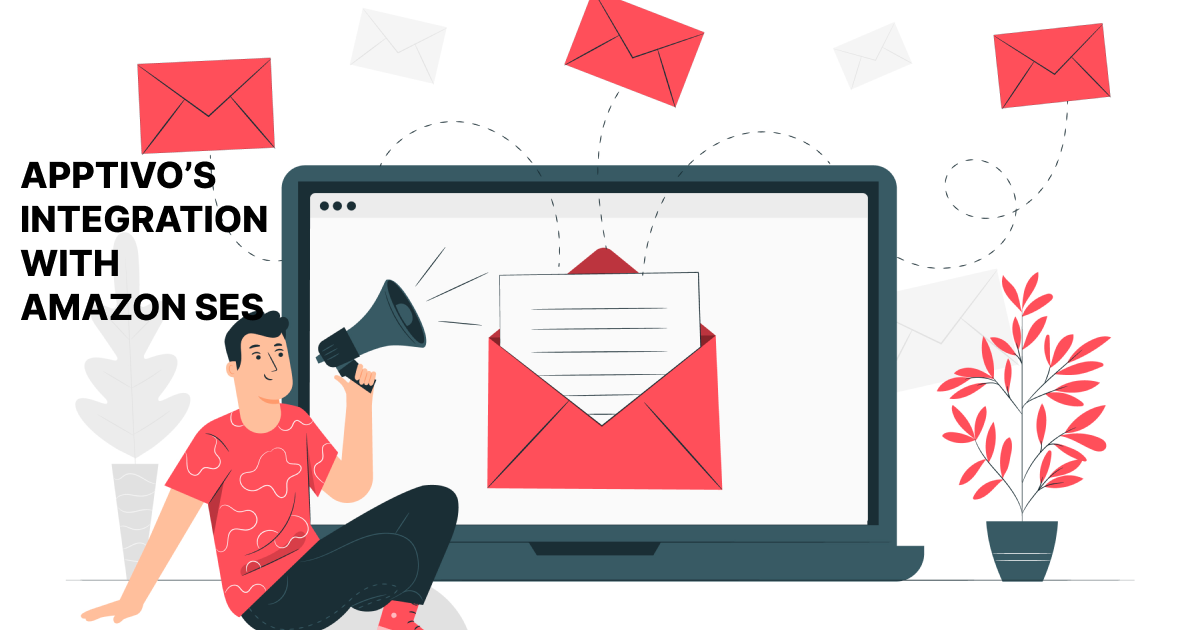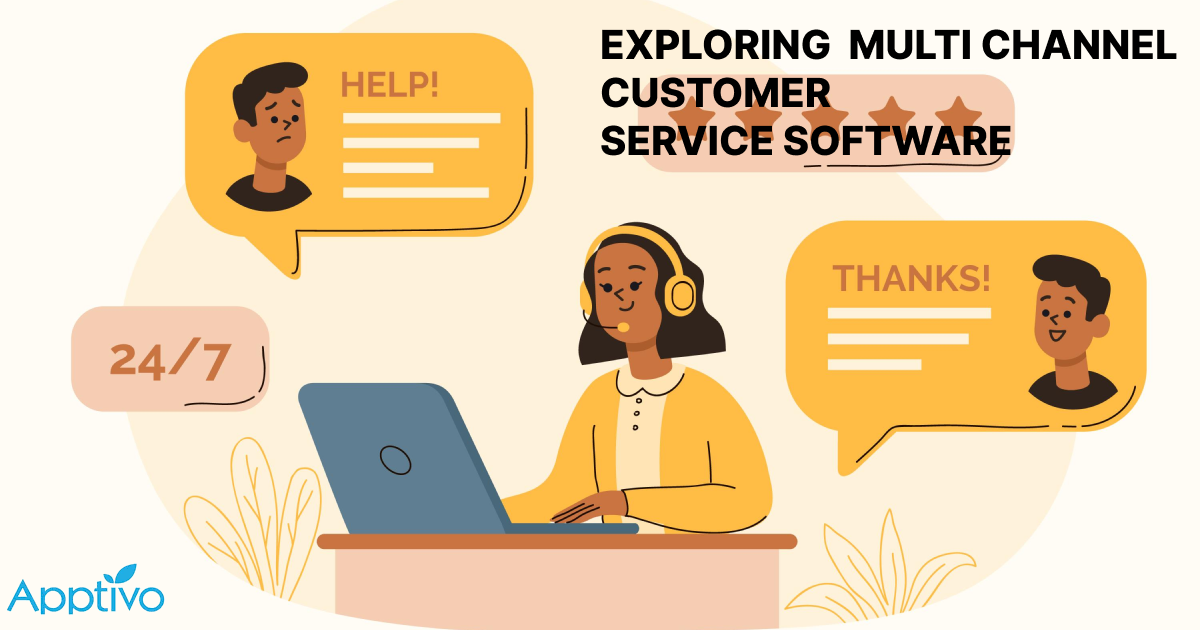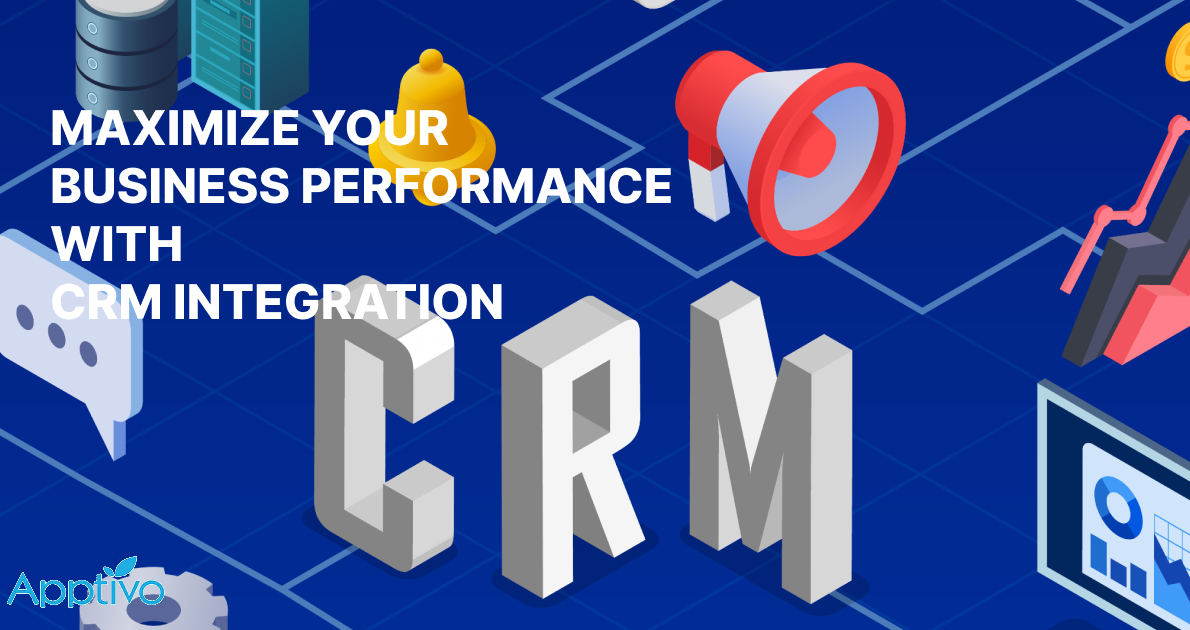 |
1. From seeds to success: Journey of leads and prospects in sales
4. Lead Vs Prospect: what’s the difference?
5. Where are prospects and leads in the funnel?
From seeds to success: Journey of leads and prospects in sales
Leads and prospects are like seeds in the world of sales, waiting to be nourished and grown into blossoming plants. Each seed has the potential to bear fruit, but knowing the difference between a lead and a prospect is like having the knowledge of how to take care of them in the most effective way. Let’s take a stroll through the sales garden, examining the subtle differences between leads and prospects.
What is a sales lead?
A sales lead can be either an individual or entity with the potential to become a customer and the data that identifies them as such.
Let’s break something down into its most basic components. A company that is continually seeking new clients will eventually find someone who is interested in their product. Now, it could be a potential buyer for the company.
The source of these leads varies, with some coming from advertisements, trade shows, direct mailings, and even word-of-mouth. One thing to remember is that a lead does not necessarily have an immediate deadline for becoming a client; it could be a year down the road, but as long as they have a chance of someday purchasing their product or service, they are still called a lead.
While a sales lead and a sales prospect may appear to be identical twins, there is a distinction. A sales lead is more of a starting point, the first step towards potentially converting a paying customer. To classify the same person as a sales prospect, firms must further investigate and assess the potential customer’s intent and interest in the specific product or service.
The sales leads are not evaluated the same way by every team, as the marketing and sales teams tend to qualify them based on their individual perspectives. As a result, these leads are given different names, such as MQL and SQL, depending on the team that qualifies them.
What is a prospect?
Prospects are potential customers who have expressed genuine interest in a company’s products or services and who perfectly meet the company’s ideal customer profile. They are the heart of each successful business, acting as the framework for its sales pipeline. To successfully convert prospects into paying customers, it’s vital to identify where they are in the purchasing process and personalize your approach to that point. This is when nurturing might come in handy.
Companies may keep prospects engaged and informed about their services by providing them with interesting and informative material such as appealing blog pieces, engaging product videos, and enlightening case studies. Businesses can use nurturing to build meaningful relationships with prospects, foster their interest in their products or services, and eventually enhance conversions.
Lead Vs Prospect: what’s the difference?
When it comes to sales, it’s essential to distinguish between a lead and a prospect. The first aspect is the level of qualification. Leads are frequently obtained in big numbers through various marketing methods, making it difficult to determine whether they are a suitable fit for the company. A prospect, on the other hand, has already been determined to be a suitable fit for any company, which means they are qualified and ready to be marketed to.
The second way to identify the difference between a lead and a prospect is to look at their level of engagement. A lead may have just submitted their contact information and requested to be contacted, but that’s where the conversation stops. A prospect, on the other hand, has most likely had a chat with a sales professional and has agreed to continued communication. The more engaged a prospect is, the more likely they are to convert it into a meaningful opportunity in the future.
 |
Where are prospects and leads in the funnel?
Now, to better understand this, consider a simple example. A business owner comes across a website belonging to a digital marketing service that specializes in digital marketing strategy such as social media management and fills out a contact form to request further information via Google search. This owner is a lead at the top of the sales funnel, exhibiting interest but not quite qualifying as a possible customer.
The digital marketing agency then contacts the lead and arranges a call for further conversation. And learns that they want to boost their brand’s social media presence and bring more visitors to their website. They have now classified this lead as a prospect, so it can go on to the next stage of the funnel.
Following that, the company sends the prospect a proposal outlining your social media management services and how they can help them achieve their goals. The prospect is thrilled with the company’s offering and agrees to become a client. They have now completed the sales funnel and are a paying customer.
Throughout the process, the company was able to identify potential roadblocks and optimize the funnel to increase conversions and revenue. They were able to assist the potential consumer on a successful path from lead to customer by giving a personalized experience and knowing each stage of the funnel.
How to turn a lead into a prospect?
Converting leads to prospects is similar to crafting a masterpiece. One can guide them through the sales process and create a work of art – an enduring customer relationship – by carefully developing personalized messages and meaningful content that resonates with their pain areas and demands. Here are some ways to turn leads into prospects:
Qualify the lead
Assessing a lead’s potential entails determining whether they are in the target market, have a need for the product or service, and have the appropriate budget and power to make a purchasing choice. Take the following scenario to demonstrate this process:
Suppose a travel company receives a lead, Florida who works as a sales manager at a manufacturing company. Now, how can they be qualified as a prospect:
Target market fit
Determine if the Florida’s company fits within the target market. Research their industry, size, and business model to see if they typically benefit from CRM software. For example, if the target market consists of companies in manufacturing and this lead’s company falls within this sector, there is a potential fit.
Need for the Product
Examine whether Florida’s organization needs CRM software. Examine their present sales procedures, communication methods, and any pain areas they may be experiencing. If John describes issues with managing customer data, tracking sales leads, or optimizing customer interactions, this indicates a possible need for an CRM solution.
Budget and Authority
Determine if Florida has the budget and authority to make a purchasing decision by discussing their budget constraints and decision-making process. If Florida confirms responsibility for evaluating and selecting CRM software and having the necessary budget, it indicates they possess both the budget and authority.
Businesses can determine Florida’s potential as a prospect and modify their approach accordingly by evaluating him based on these parameters.
Personalized approach
When evaluating a lead, personalizing the approach allows for the implementation of individualized communication and engagement tactics that address the lead’s specific needs and preferences. Using the information gathered about the lead, one may provide them with relevant and useful material or solutions. Here’s how personalization can be effective:
Customized messages
Crafting messages that directly speak to the lead’s specific challenges or goals is important. By referencing their pain points and showcasing an understanding of their unique situation, credibility is established, and it demonstrates genuine interest in their success.
Relevant content
Engage the readers by offering personalized content such as industry-specific articles, intriguing case studies, and useful resources. Businesses can position themselves as trusted advisors and pique the interest of their leads by providing customized answers to their difficulties.
Targeted recommendations
Take advantage of the abundance of information acquired to make personalized advice on how the product or service may perfectly respond to the lead’s wants. Highlight the major features or benefits that directly address their pain points and present a compelling picture of how the solution adds value and effectively overcomes their issues.
Personalized follow-ups
During follow-up meetings with the lead, use the opportunity to revisit past conversations and show how their personal circumstances have affected your approach. This indicates a genuine recognition of their specific requirements, building a stronger relationship and fostering trust in the process.
Build rapport and trust
Businesses that build a great relationship with a lead lay the groundwork for trust, understanding, and connection. This establishes the framework for a fruitful commercial connection and raises the chances of the lead becoming a prospect.
Establishing trust
Through understanding and attentive listening, businesses dive into their lead’s challenges. With expertise, they build trust by demonstrating past success in similar situations. This trust becomes the foundation for a reliable and capable partnership, paving the way for shared success in conquering challenges and reaching new horizons.
Understanding their needs
By having friendly and open conversations and really paying attention, businesses can understand what the lead is struggling with and what they need.
Overcoming objections
“Where there’s a will, there’s always a way”. Obstacles and worries may develop during the rapport-building process, but solutions can be found with determination and innovation. Businesses pave the route to success and develop trust by overcoming objections and sharing inspiring stories from comparable customers. Remember that every obstacle is an opportunity waiting to be taken advantage of.
Utilize multiple channels
Businesses must engage leads through several channels such as email, phone calls, social media, or in-person meetings. Using many channels allows businesses to meet leads where they are most comfortable and responsive. Businesses may provide a personalized and immersive experience by communicating through their preferred channels, establishing deeper connections, and fostering trust. It’s as if the business is speaking the lead’s language and forging a path to success through effective and personalized communication.
Follow-up consistently
Just like a dance, following up with leads is a delicate art that requires rhythm and finesse. It’s about striking the perfect balance between persistence and respect for their boundaries. By keeping the conversation alive, reps show their genuine interest in their success. Personalized contact, sharing valuable resources, and addressing their concerns all play a part in nurturing the relationship.
But don’t stop there! To truly ignite the bond, go the extra mile and add value. Offer insightful advice, share industry secrets, or surprise them with exclusive deals. These gestures will make any business stand out and solidify the connection.
Seed to sales: leads and prospects in business growth
Recognizing the minor differences between a lead and a prospect is like planting seeds of success in the huge field of business growth. Businesses, like a good gardener, must understand the nuances between leads and prospects in order to cultivate productive conversions. This article acts as a guide, assisting firms in cultivating their awareness of and navigating the fertile sales landscape, opening the road for rich growth and achieving new heights.
Latest Blogs

Apptivo's Integration with Amazon SES for Outgoing Email Server
Amazon Simple Email Service (SES) is an email platform that provides an easy, cost-effective way to send and receive email using your email addresses and domains. Apptivo has migrated its email service to Amazon SES (Simple Email Service) to enhance the performance and reliability of our email services
Read more →
EXPLORING MULTI CHANNEL CUSTOMER SUPPORT SOFTWARE
1.What is customer service software? 2
Read more →
Maximize your business performance with seamless CRM Integration
1.What is CRM Integration? 2
Read more →
